Omiya Station
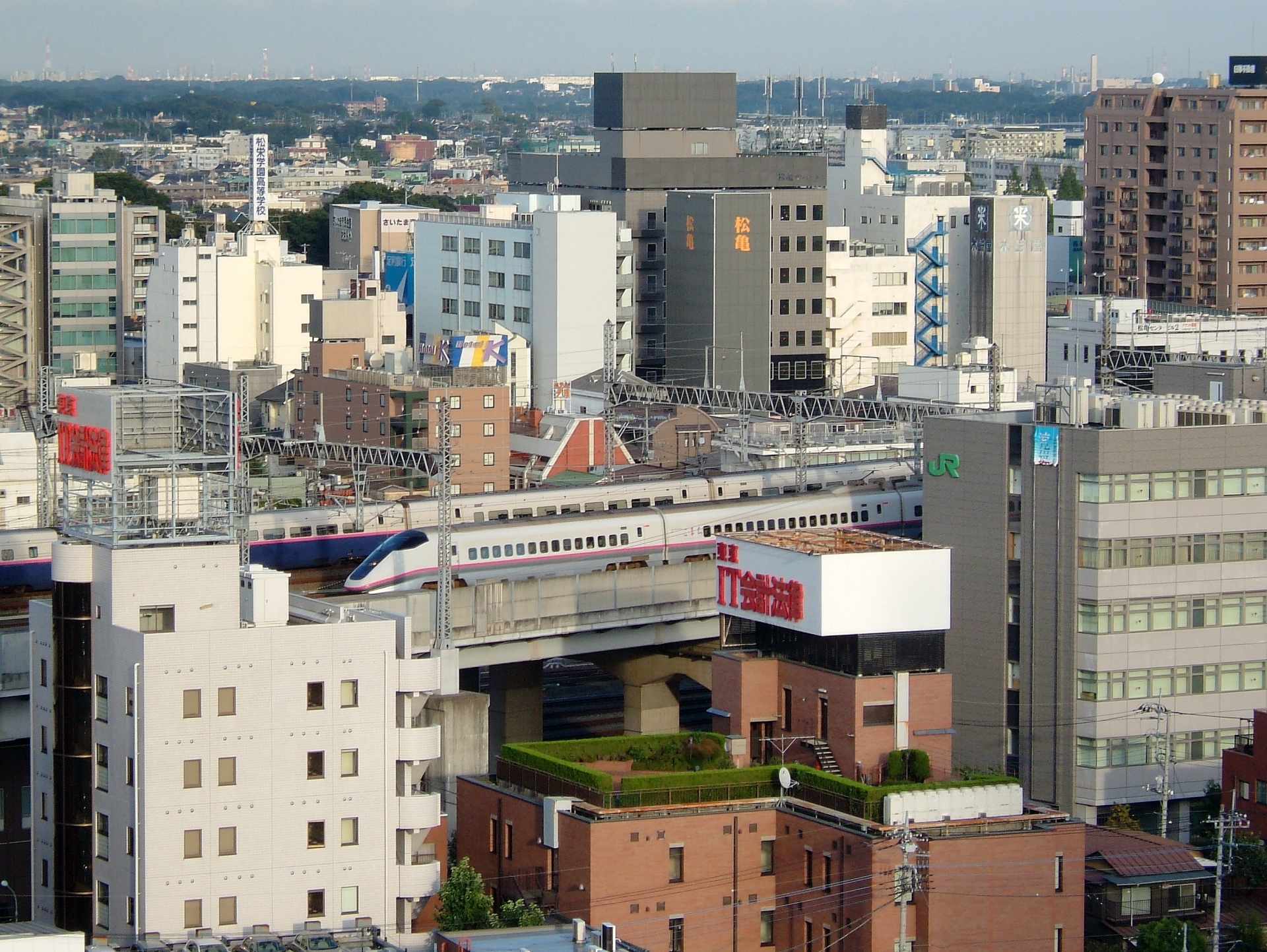
Located in Satiama, Omiya Station is major transport hub with multiple Shinkansen / ‘Bullet Train’ lines and the Narita Express (NEX) rapid service to the airport all running to and from the station. Combined with many local lines servicing the surrounding area including central Tokyo, Omiya is a convenient area for international visitors to base themselves – allowing easy access into and away from Tokyo. On this page you will find the following information:
— Train Lines / Services to Omiya Station
— Transferring Shinkansen Lines at Omiya
— Rail Passes Covering Travel to Omiya
— Purchasing & Activating a JR Pass
— Private Charters to / from Omiya
— Omiya Tourist Information Center
— Accommodation In & Around the Station
— 30 Day-trips & Getaways Near Tokyo
Although Omiya is not in Tokyo, most international visitors won’t even notice they are in a different city given there is not discernible gap between the two and it only takes 25-minutes to travel between the two hub stations using shinkansen services. For any visitor with a Japan Rail (JR) Pass, it’s just a matter of hopping-on any shinkansen headed to Tokyo and you’ll be there in a flash. Don’t both with getting a reserved seat. Simply use a non-reserved carriage.
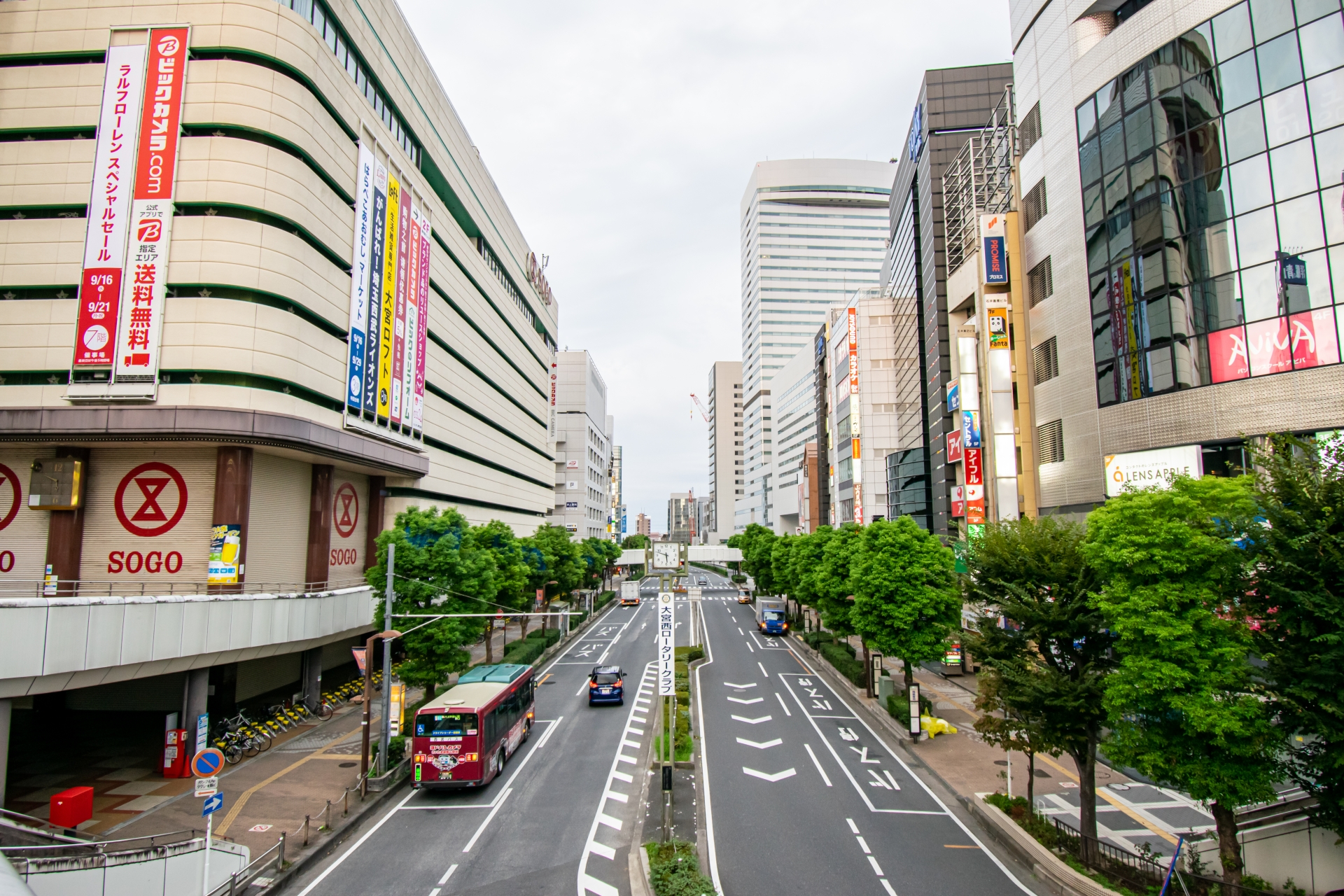
Heading into other areas of Tokyo are just easy using regular train lines, with areas including Shinjuku and Shibuya accessible within around 30-minutes. For visitors wanting to enjoy some day-trips out of Tokyo, Omiya is equally convenient with regional destinations easily accessible using different shinkansen services including Nagano only 55 to 65-minutes away. There are plenty of accommodation options surrounding the station, making it a great base from where to enjoy the best of Tokyo and beyond.
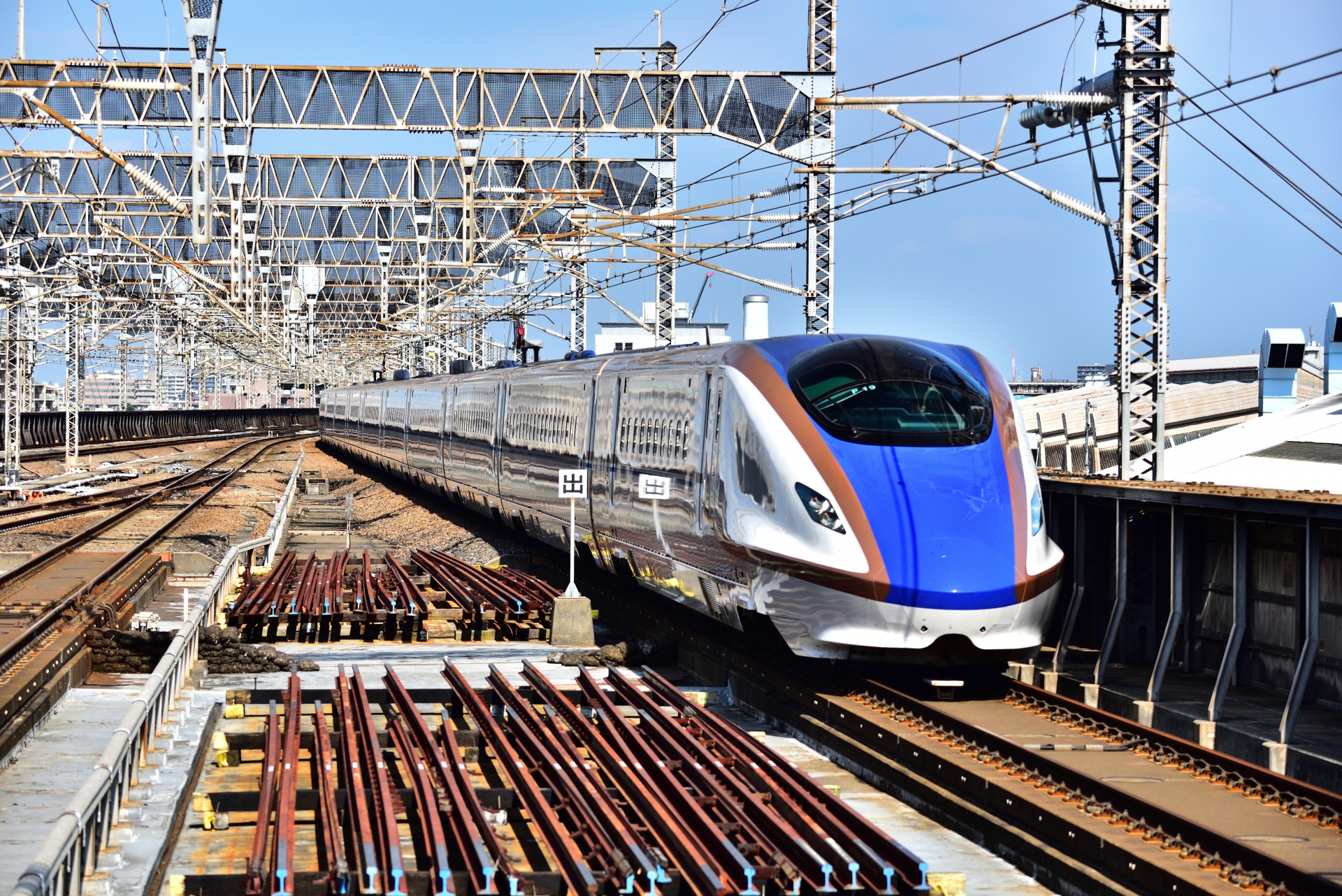

The following page provides information to assist with moving to and from Omiya Station as you travel through Central Japan. It is not intended to provide complete information about the station or its facilities, but instead, provide some helpful information for travelers enroute to other destinations.
TRAIN LINES / SERVICES TO OMIYA STATION
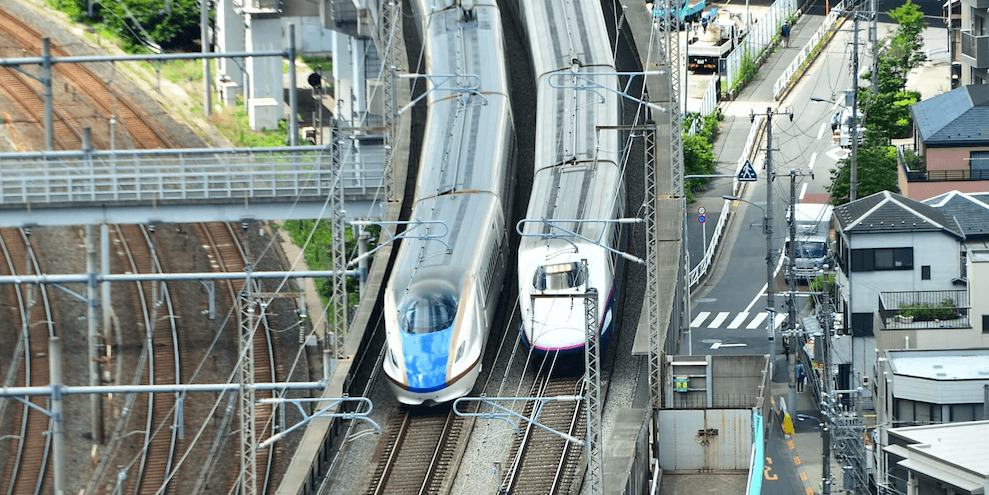
Multiple train lines operate to and from Omiya – including both rapid and local services. For international visitors, the following Shinkansen / ‘Bullet Train’ lines will be of most interest:
— HOKURIKU: running from Tokyo to Tsuruga via Nagano
— JOETSU: running from Tokyo to Niigata via Echigo-Yuzawa
— TOKOKU: running from Tokyo to Shin-Aomori
— YAMAGATA: to Shinjo via Yamagata (connects to Tohoku Shinkansen)
— AKITA: to Akita (connects to Tohoku Shinkansen)
— HOKKAIDO: to Shin-Hakodate-Hokuto (connects to Tohoku Shinkansen)
For travelers coming from or heading to the airport, Omiya is a stop on some NARITA EXPRESS (N’EX) services to Narita Airport via Central Tokyo.
It is easy and fast to transfer between the Hokuriku Shinkansen and Joetsu Shinkansen at Omiya Station – see below for details. Please note, the two lines also connect at Takasaki Station.
HOKURIKU SHINKANSEN

Running from Tokyo Station to Tsuruga Station, the Hokuriku Shinkansen stops at the following stations:
Tokyo / Ueno / Omiya / Kumagaya / Honjo-Waseda / Takasaki / Annaka-Haruna / Karuizawa / Sakudaira / Ueda / Nagano / Iiyama / Joetsu-Myoko / Itoigawa / Kurobe-Unazukionsen / Toyama / Shin-Takaoka / Kanazawa / Komatsu / Kaga Onsen / Awara Onsen / Fukui / Echizen Takefu / Tsuruga
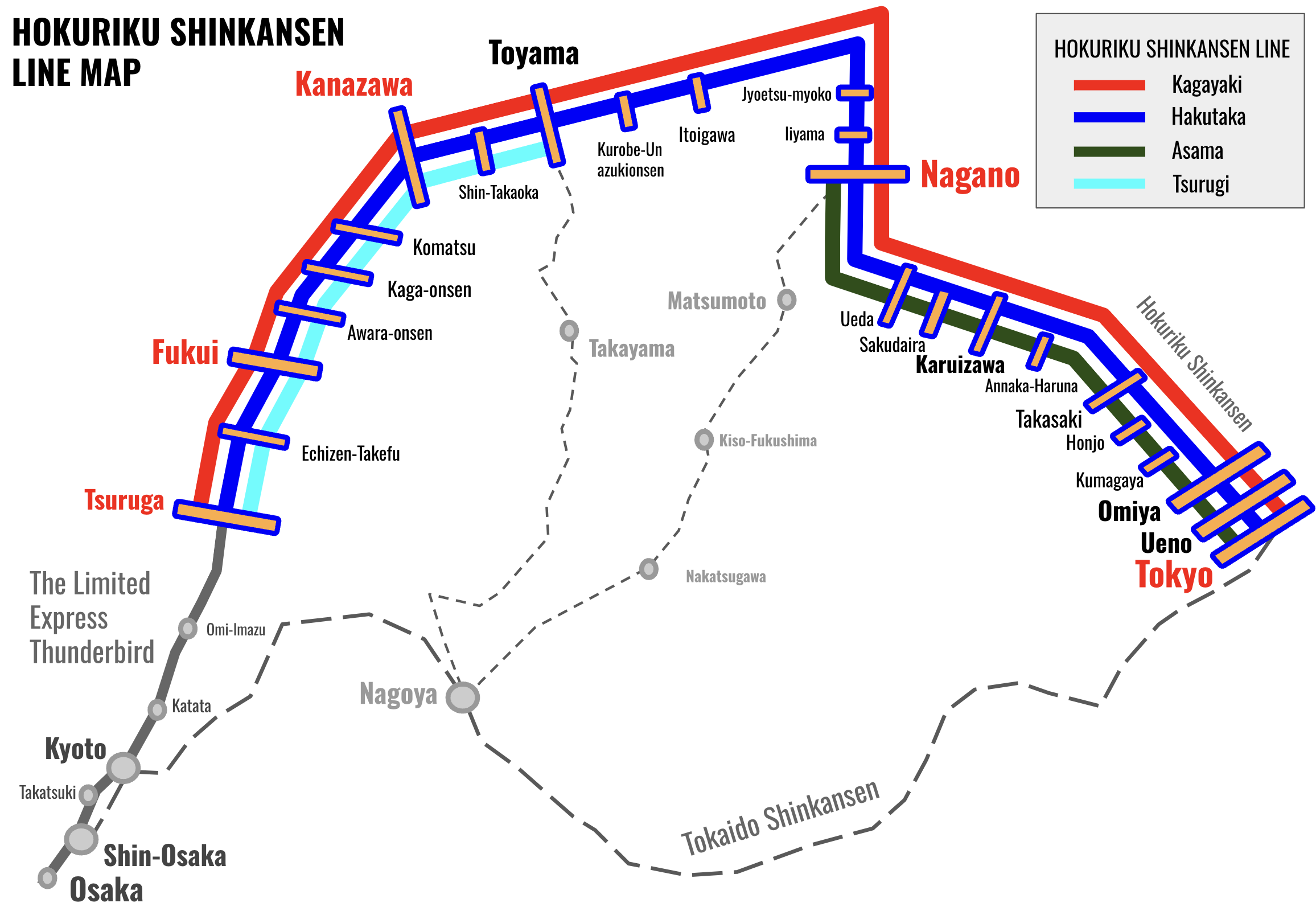
There are four different services on the Hokuriku Shinkansen line – the Kagayaki, Hakutaka, Asama and Tsurugi. All services other than the Tsurugi service Omiya Station. From Tokyo to Omiya takes only 25-minutes while Omiya to Nagano takes between 55 to 65-minutes. Reaching the final stop, Tsuruga Station, takes around 2.5 hours from Omiya, depending on which service you choose. To see the daily train schedule, please refer to our ‘Hokuriku Shinkansen Line Timetable’ page.
JOETSU SHINKANSEN
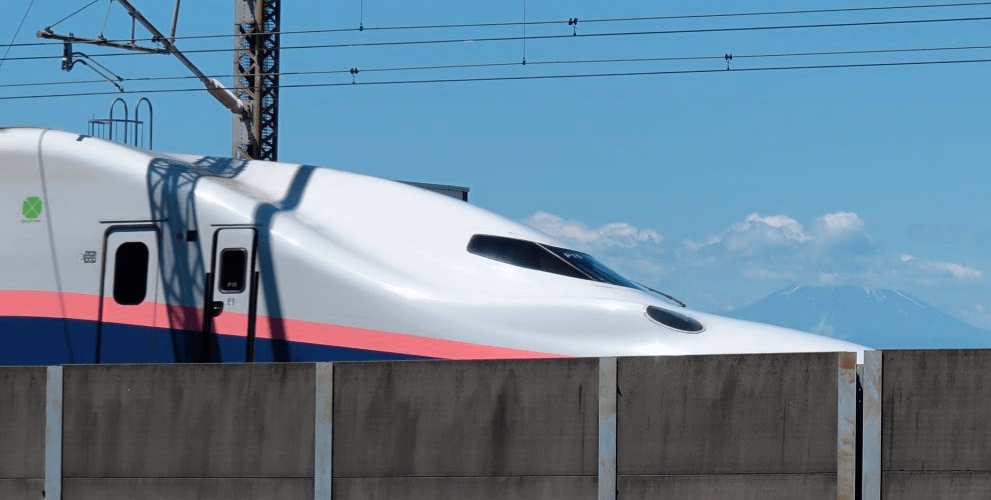
Running from Tokyo Station to Niigata Station, the Joetsu Shinkansen stops at the following stations:
Tokyo / Ueno / Omiya / Kumagaya / Honjo-Waseda / Takasaki / Jomo-Kogen / Echigo-Yuzawa* / Urasa / Nagaoka / Tsubame-Sanjo / Niigata
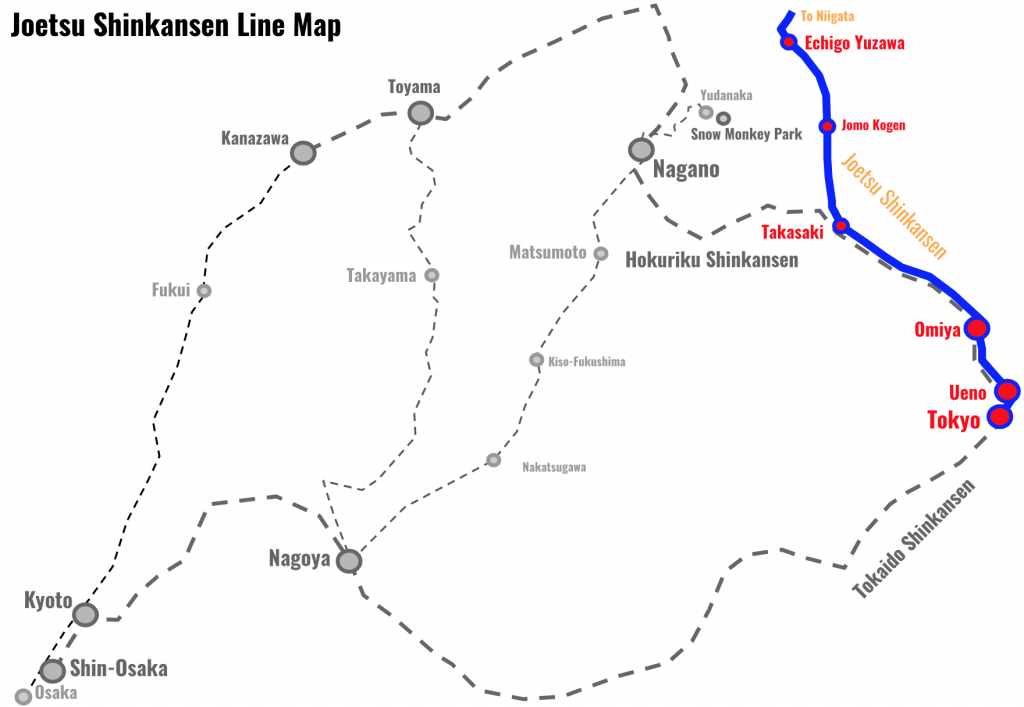
Two services – the Toki and Tanigawa – operate from Echigo-Yuzawa to Tokyo while the Toki only runs from Echigo-Yuzawa to Niigata. Omiya to Echigo-Yuzawa takes around 55-minutes while reaching the final stop of Niigata Station takes between 80 to 100-minutes depending on which service you choose. Much like services on the Hokuriku Shinkansen, using the Joetsu Shinkansen to reach Tokyo Station will take 25-minutes. For the train schedule, please refer to our ‘Joetsu Shinkansen Timetable’ page.
*In winter, some shinkansen services continue onto a winter-only stop at Gala-Yuzawa, directly underneath the ski resort of the same name.
TOHOKU SHINKASEN inc. YAMAGATA, AKITA & HOKKAIDO LINES
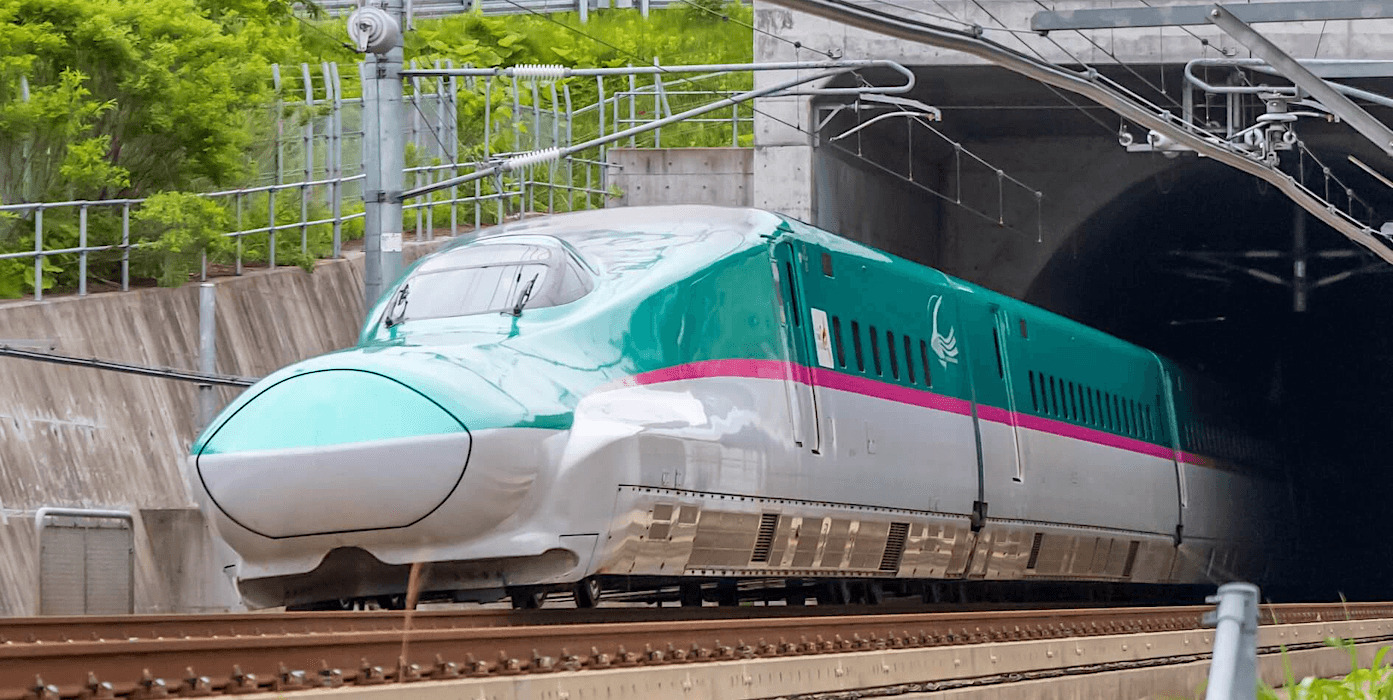
Running from Tokyo to Shin-Aomori via stations including Fukushima, Sendai and Morioka, the Tohoku Shinkansen runs to the north-east of the capital and stops at:
Tokyo / Ueno / Omiya / Oyama / Utsunomiya / Nasu-Shiobara / Shin-Shirakawa / Koriyama / Fukushima / Shiroishi-Zao / Sendai / Furukawa / Kurikoma-Kogen / Ichinoseki / Mizusawa-Esashi / Kitakami / Shin-Hanamaki / Morioka / Iwate-Numakunai / Ninohe / Hachinohe / Shichinohe-Towada / Shin-Aomori
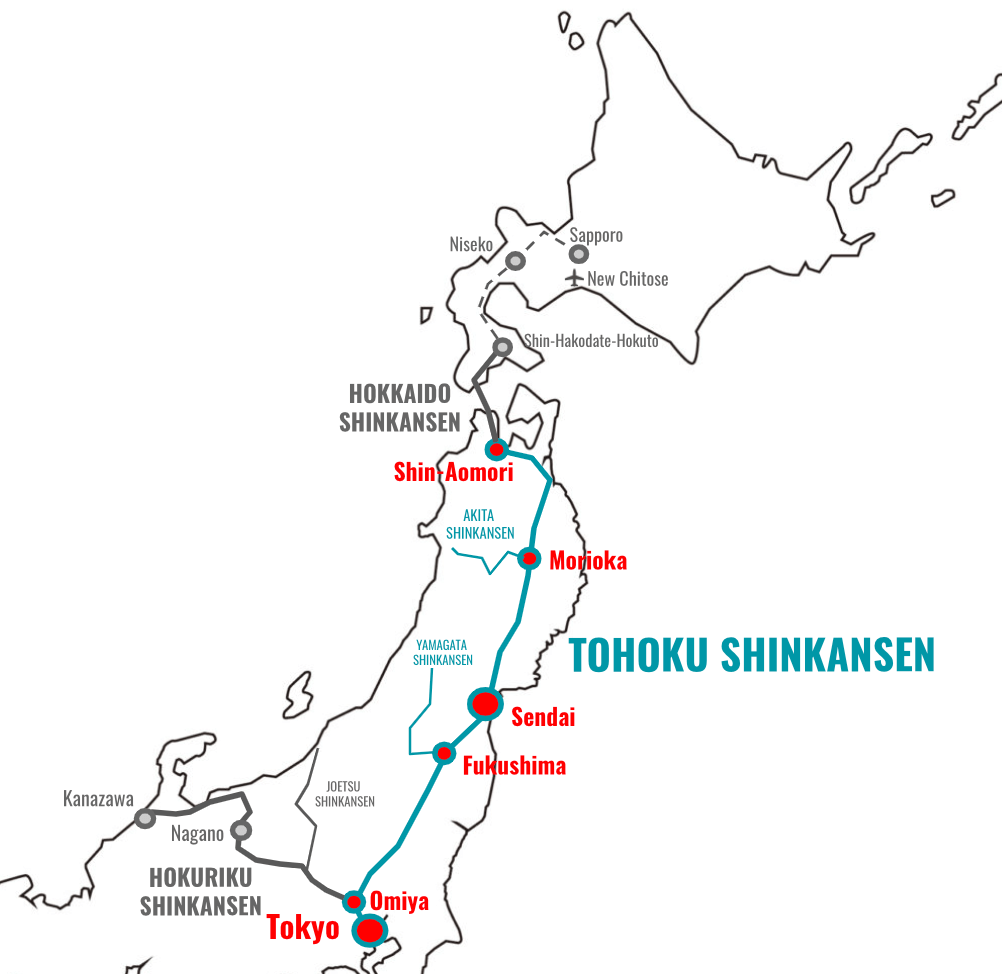
It is the longest shinkansen line in Japan and connects to three regional shinkansen lines: 1. the Yamagata Shinkansen via Fukushima Station 2. the Akita Shinkansen via Morioka Station, and 3. the Hokkaido Shinkansen via Shin-Aomori Station. Unlike most shinkansen lines, which feature one or two different series of train, the Tohoku is serviced by five different series making it popular with trainspotters. It’s length and connection to three regional lines also means that there are many different services. The Hayabusa is the fastest of them taking between 170 to 195 minutes to reach Shin-Aomori from Omiya, stopping at a limited number of stations including Sendai and Morioka – all carriages on this service are reservation only. The Yamabiko operates between Tokyo and Morioka, taking between 110 to 205 minutes from Omiya – including both reserved and non-reserved seating. The Nasuno runs from Tokyo to Koriyama and stopping all stations in between. The entire service is non-reserved and typically operates in the morning and evening, intended for people moving in and out of Tokyo for work. Two other services, the Tsubasa and Komachi start from Tokyo and connect through to the Yamgata Shinkansen and Akita Shinkansen lines, respestively. The Tsubasa takes around 200 minutes to cover the entire journey to Shinjo Station in Yamagata Prefecture while Komachi takes between 190 to 220 minutes to reach Akita Station in Akita Prefecture. All of these services are covered by the Japan Rail (JR) Pass, noting that for reservation only services, you need to go into an office to book at seat but pass-holders can do so at no additional cost.
NARITA EXPRESS (N’EX)
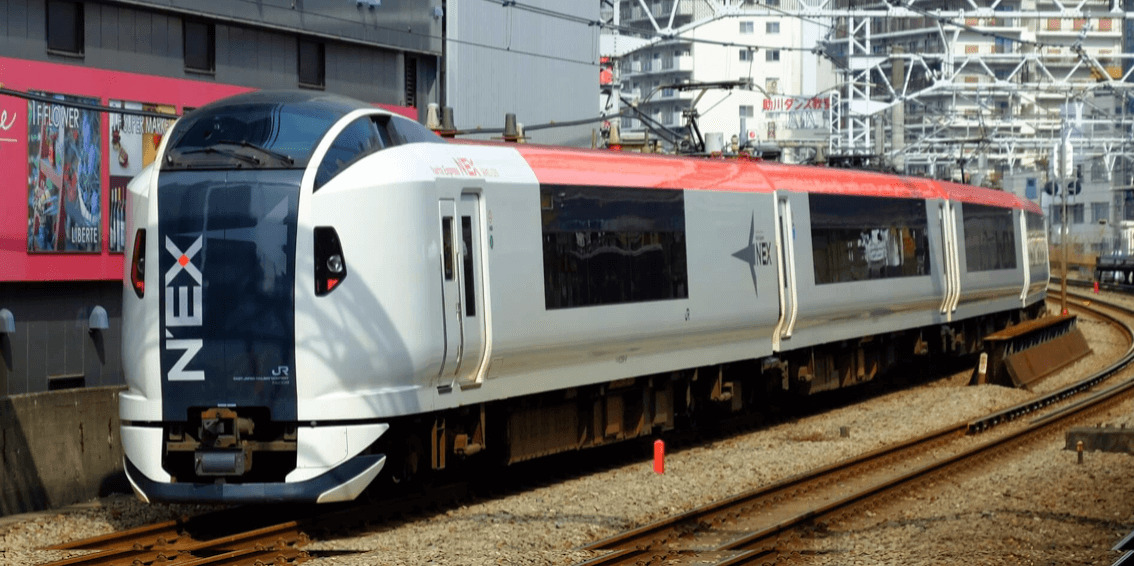
Making stops at Narita Airport Terminal 1 and a joint stop for Terminal 2 & 3, the Narita Express (N’EX) takes 120 minutes to travel from Omiya Station to the airport (depending on the specific service and which terminal you are using). The N’EX also services Tokyo, Ikebukuro, Shinjuku, Shibuya, Shinagawa and Yokohama Stations. All services stop at Tokyo Station. It is important to note that only a couple of services each day run to and from Omiya Station to the airport, taking around 2 hours and costing JPY3190 one-way or JPY5480 return. Tickets can be purchased online up to one month in advance however there really is no need to book ahead of time. Tickets are available using the ticket machines or service windows at the station or the airport terminals. For the daily schedule, see our ‘Narita Express (N’EX) Timetable’ page. The Narita Express is covered by the JR Pass, JR East Pass and JR Hokuriku Arch Pass – see below for details.
TRANSFERRING SHINKANSEN LINES AT OMIYA
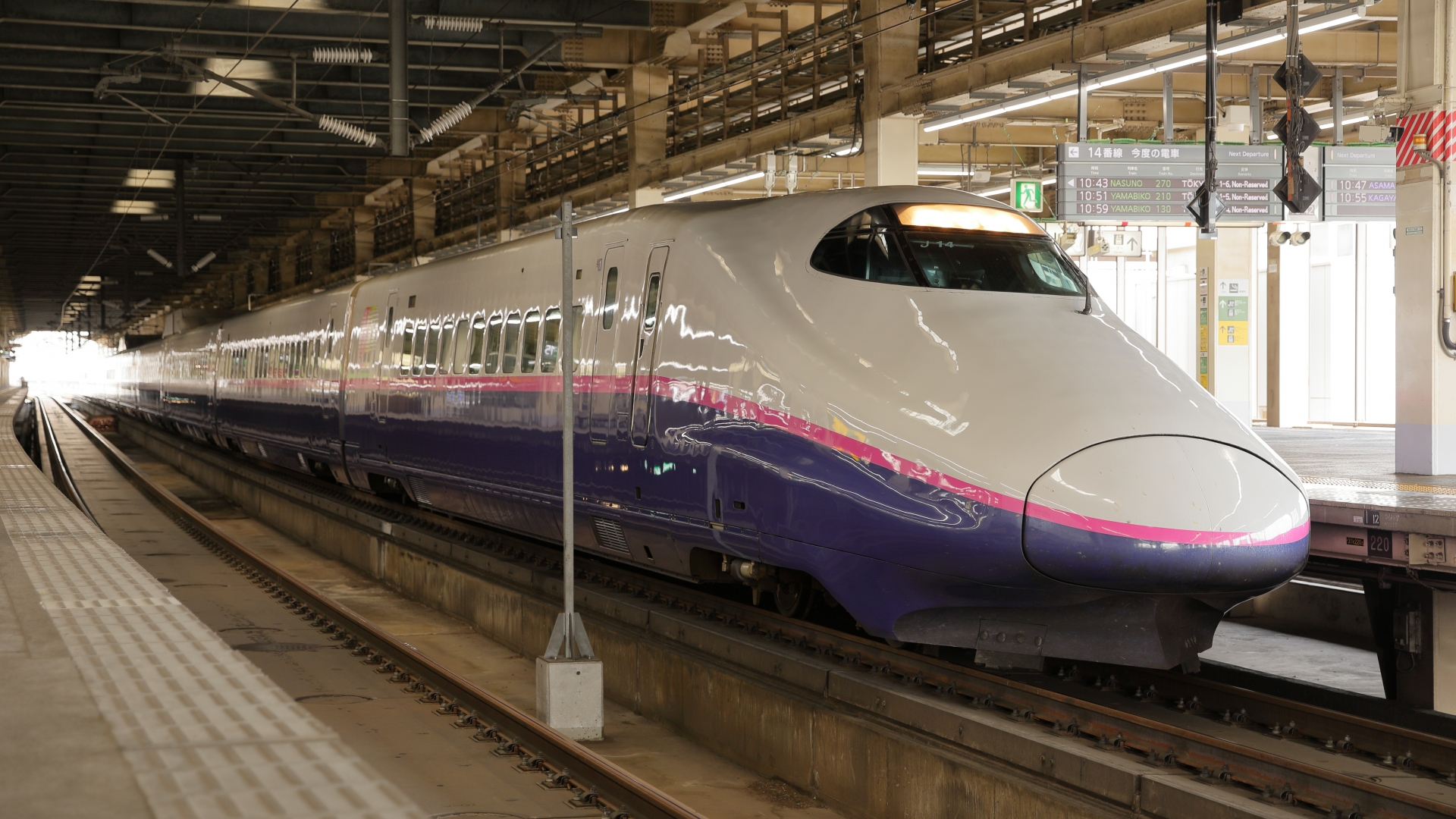
Omiya Station is a large but easy to navigate. Split over three levels, the shinkansen ticketing offices and gates are located on the second floor, with the platforms located on the third floor and accessible by stairs, escalators and elevators. For travelers wanting to transfer between shinkansen lines at Omiya, there is no need to come out of the shinkansen area. When you arrive, simply head down to the floor below from the platform and look for the overhead sign directing you to the platform you need. You can then head straight back up to the platform – it should only take a minute or two to transfer platforms.
RAIL PASSES COVERING TRAVEL TO OMIYA
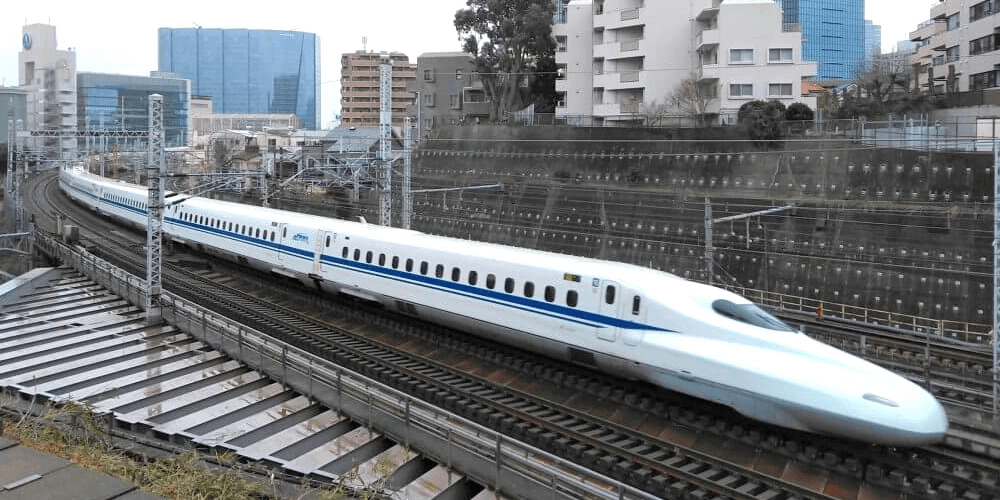
There is no escaping the fact that travel using the shinkansen and other rapid services is expensive. Given the speed and distances covered by these trains, travelers should think of them much like taking a flight, with tickets accordingly priced. International visitors to Japan have the option of purchasing one of several passes which allow for unlimited use of the Hokuriku along with other services:
JAPAN RAIL (JR) PASS
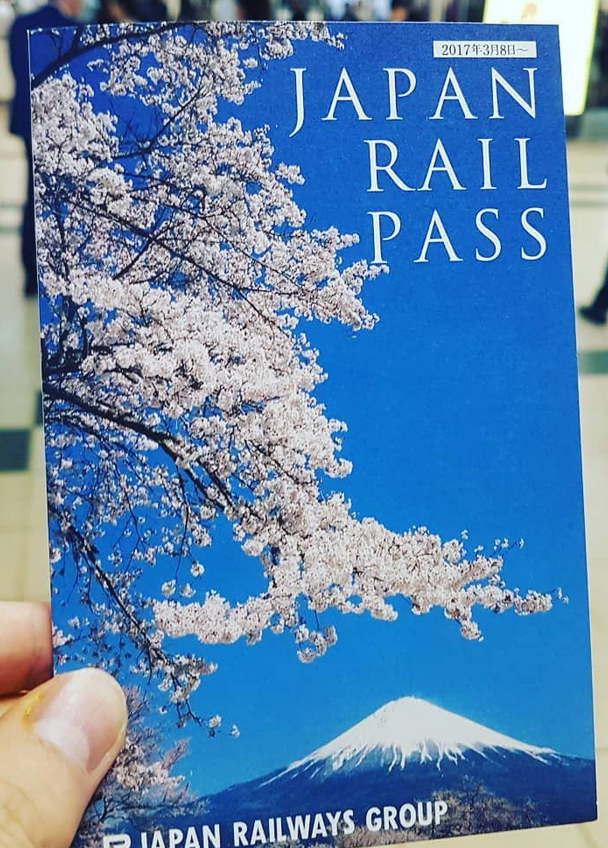
Covering all 9 shinkansen lines in Japan and many other train services, the full JR Pass is a great option for visitors planning to use the shinkansen more than a handful of times and/or travel large distances. Travelers have the option of 7, 14 and 21-day passes covering either Ordinary or Ordinary and Green Cars. The JR Pass allows for use of any almost any shinkansen and other major rapid services at no additional cost but noting that should holders wish to have a reserved seat, they are still required to book a seat at the ticket office (at no additional cost).
JAPAN RAIL (JR) EAST PASS / NAGANO & NIIGATA

This pass covers the Hokuriku and Joetsu Shinkansen lines serving Nagano and Niigata, along with other regional services. There is only one option of pass, covering 5 days of use within a 14-day period from its date of activation. Notably cheaper than the JR Pass, this is a great option for visitors staying within Nagano and Niigata. Much like the JR Pass, it allows for use of any service on the Hokuriku Shinkansen or Joetsu Shinkansen at no additional cost but noting that should holders wish to have a reserved seat, they are still required to book a seat at the ticket office (at no additional cost).
HOKURIKU ARCH PASS
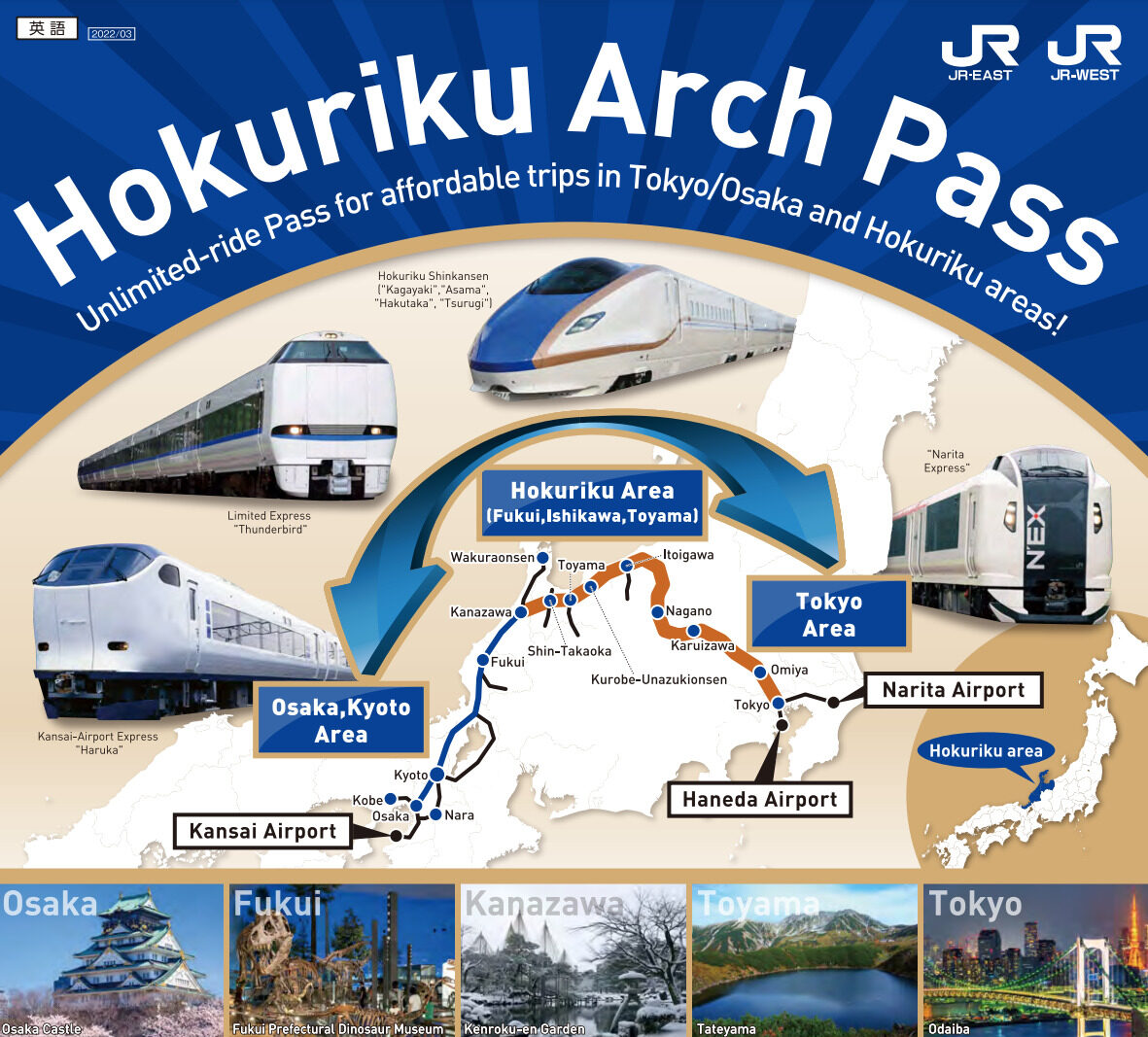
Valid for 7 consecutive days from date of activation, the JR Hokuriku Arch Pass covers train services from Tokyo – including trains from both Narita and Haneda Airports – to Nagano and Kanazawa and then onto Kyoto, Osaka and Kansai Airport. For many international visitors, this pass covers the majority of their intended destinations as the they follow the most popular tourist route from Tokyo to Kanazawa and onto Kyoto and Osaka. Notably cheaper than the full JR Pass, the Hokuriku Arch Pass offers fantastic convenience and savings but it should be noted, that while the pass covers the Hokuriku Shinkansen it does not cover the Joetsu Shinkansen.
PURCHASING & ACTIVATING A JR PASS
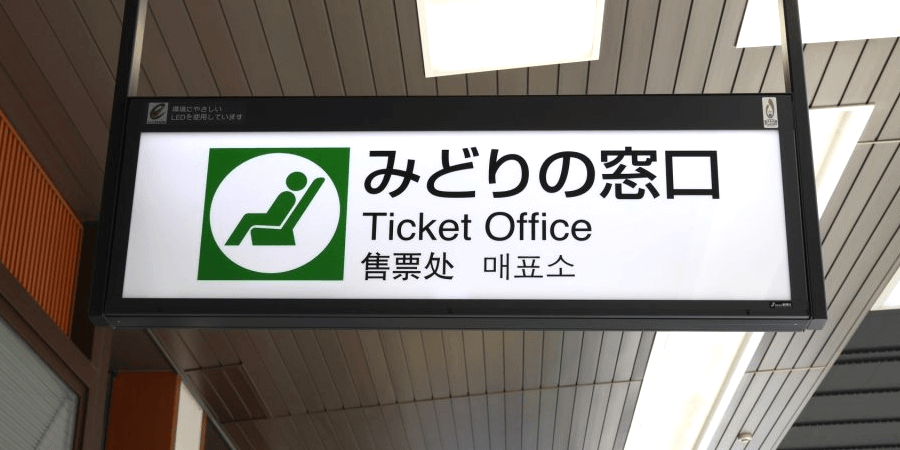
Passes can be purchased via the official website or via a JR-affiliated overseas sales office. Once you have completed payment, you will receive an exchange order. This is a proof of payment and looks almost like a flight ticket with your personal details, type of pass, and validity (three months from the date of issue). It is important to note that the exchange order is not your actual pass and will need to be exchanged for your pass once in Japan. Whatever you do, do not lose the exchange order and prioritise exchanging it for your pass when you arrive.
The Japan Rail passes listed above are valid for travel to and from Omiya Station. Before using a pass, it must first be exchanged/activated. It is important to note that JR passes cannot be exchanged/activated at Omiya. Exchanging/activating the pass can however be done at numerous offices located at airports – including Narita Airport / Haneda Airport / Chubu Centrair International Airport / Kansai International Airport – and major train stations throughout Japan. If you have the time, we recommend activating your pass while at the airport. Otherwise, passes can also be activated at these stations on the Hokuriku Shinkansen Line: Tokyo Station / Ueno Station / Nagano Station / Kanazawa Station.
To exchange/activate your pass you will need your exchange order and passport. Make sure you allow adequate time to exchange and activate your pass if you are intending to use it on the same day or do so a day or two before you plan to start using it (you can always nominate a later activation date). Once you have your activated pass you are free to ride however you can’t insert your pass into the ticket gates. Simply walk through the side booth (permanently attended by station staff) and show your pass. You will be waved through and you can make your way to the platform.
PRIVATE CHARTERS TO / FROM OMIYA
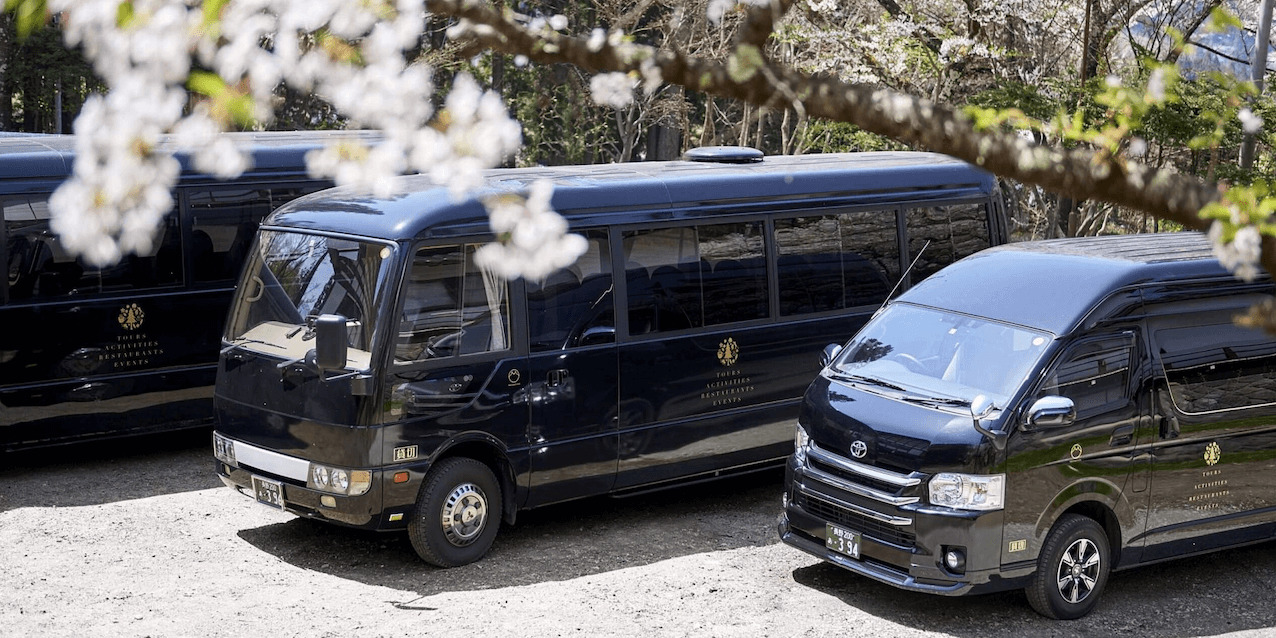

Based in Nagano, we are the region’s No.1 tour and charter operator. Operating all year round, we can provide charters to any destination in Central Japan, with customised itineraries to suit your travel needs and interests. We have the expertise and experience to help you get the most out of your time in the region, including transport to and from any regional destination. Our drivers and vehicles are fully certified, allowing us to transport you to and from your preferred destinations, in combination with any activity that suits your interests and schedule. All vehicles are fitted with a protective screen – separating the driver from passenger and luggage area – and our drivers wear protective masks, allowing you to move between your destinations in comfort and safety.
Why choose us?
Awarded a 2022 TripAdvisor Travelers’ Choice Award for our 1-Day Snow Monkeys, Zenko-ji Temple & Sake Tour – recognised as one of the Top 10 Experiences in Japan – we have the local knowledge and experience to help you get the most out of your time in Japan.
Got a question about visiting Nagano and Central Japan from Omiya? Head to our ‘Charters’ main page or click on the INQUIRY button below, let us know what you need, and we’ll get back to you with a quote.
OMIYA TOURIST INFORMATION CENTER
The station’s small Tourist Information Center is located inside the station – in the middile of the main concourse on Level 2 – and open daily from 09:00 to 19:00. Full-time English-speaking are on hand to assist with enquiries related to sightseeing, accommodation and transportation.
ACCOMMODATION IN & AROUND THE STATION

Staying around Omiya Station is a good option for travelers who prioritise ease of access to central Tokyo while also allowing for easy travel outside of the city. Multiple train lines will transport you into the centre of Tokyo in 25-minutes or popular pockets of the capital including Shinjuku and Shibuya in around 30-minutes. Most attractively, multiple shinkansen lines run to and from Omiya Station, allowing for easy day-trips to Central Japan and beyond – with Nagano only 55 to 65-minutes from Omiya using services on the Hokuriku Shinkansen. Around the station, there is a good selection of 4 and 3-star hotels, along with mid-range and budget options. For accommodation listings, see our ‘Omiya Station Area’ hotel page.
WHERE TO STAY IN TOKYO?
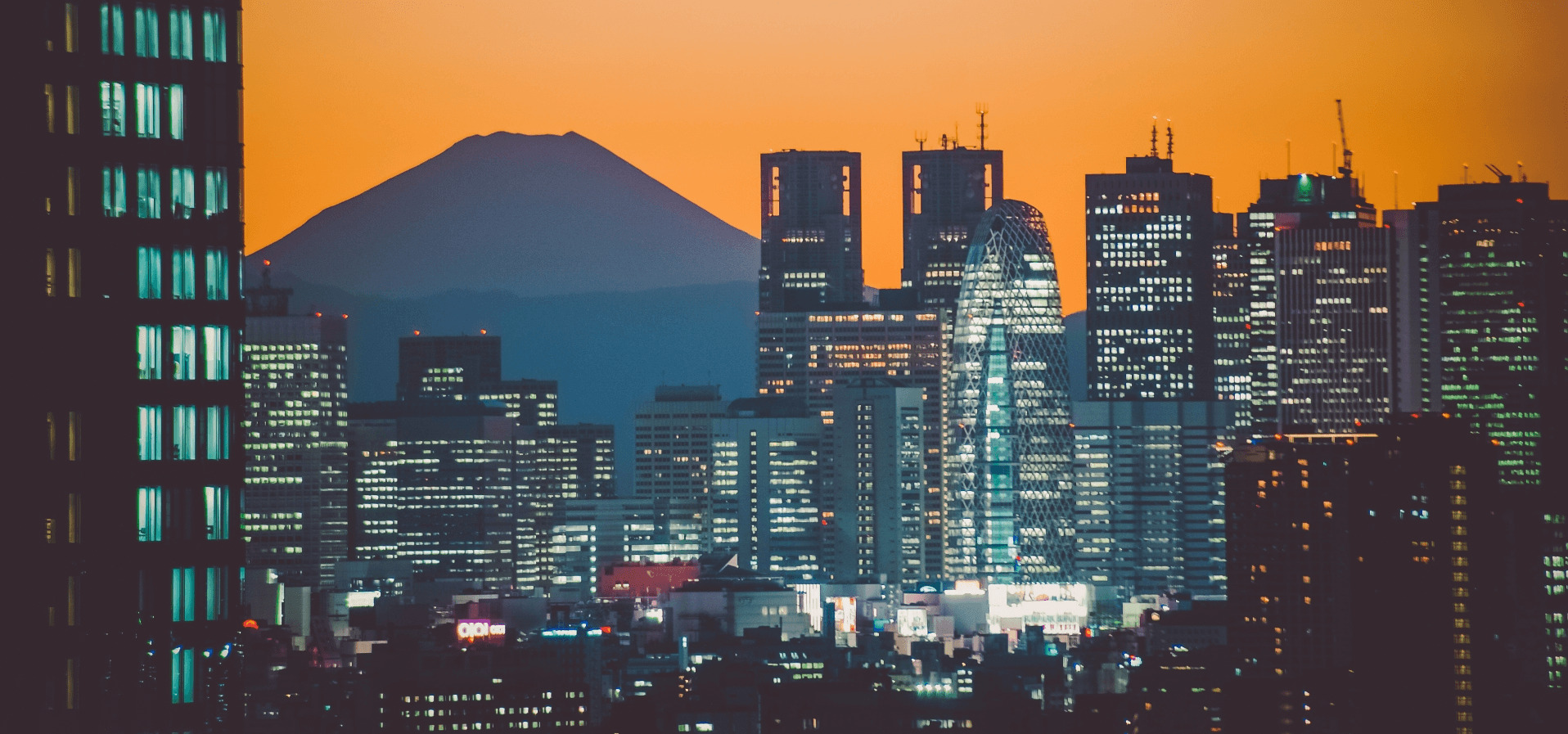
Not just the largest city in Japan but also the largest city in the world, Tokyo is a sprawling giant that must be experienced at least once. Knowing where to stay when visiting Tokyo can make a huge difference when it comes to getting around the city and ultimately, getting the most out of your time there. Our ‘Where To Stay In Tokyo?’ page breakdowns the best areas to stay including accommodation listings.
BEST TOURS IN TOKYO
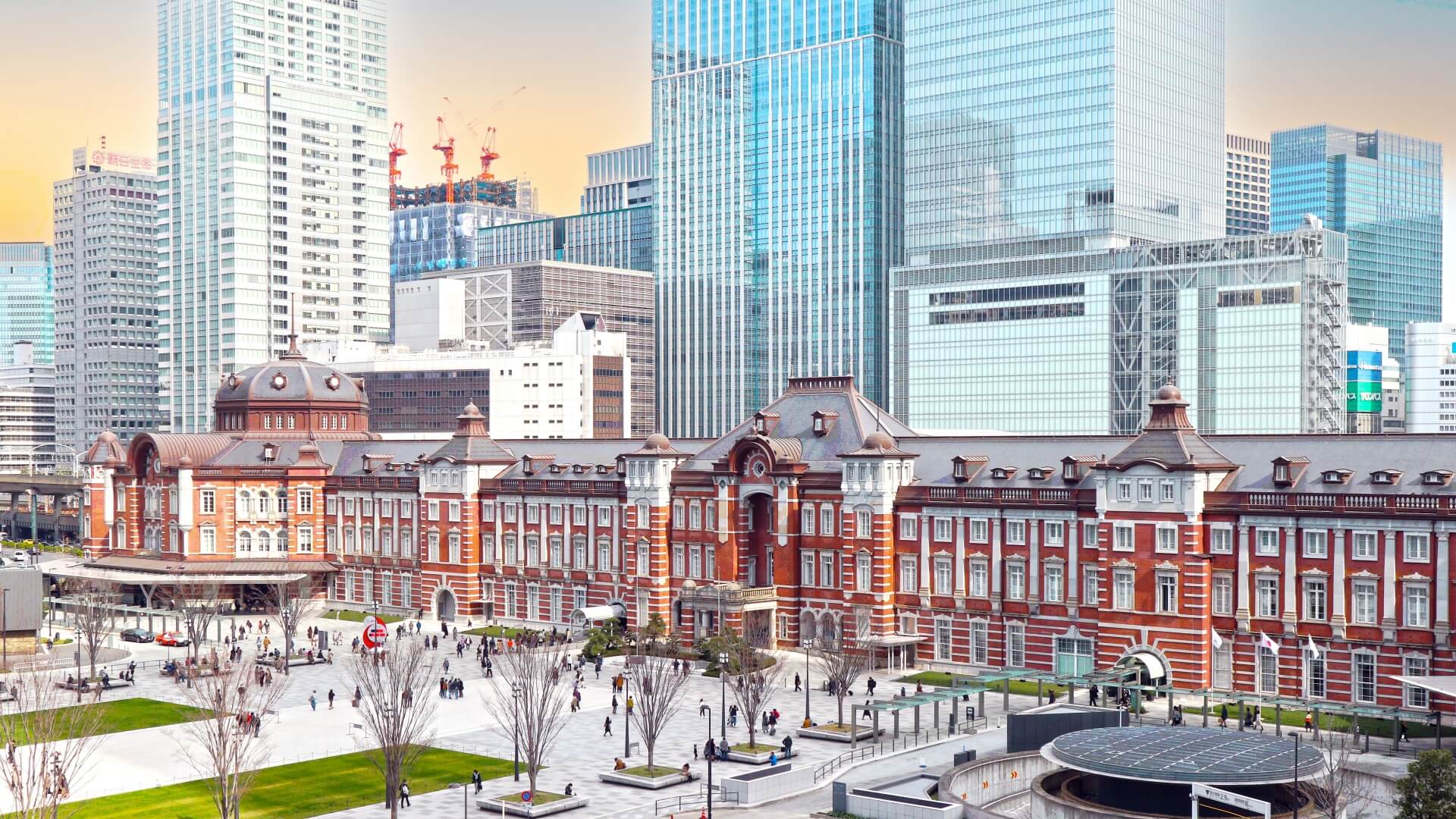
Tokyo is steeped in history. The city has faced many hardships from earthquakes, fires and the air raids of WW2, and unfortunately many of its oldest buildings and structures have disappeared over time. However, Tokyo does a fantastic job at celebrating and retaining much of its character and culture, with stunning renovations of temples and shrines, museums housing some of Japan’s finest artefacts, and hidden pockets of neighbourhoods that have managed to preserve its original architecture despite the many challenges its faced. Pop culture lovers will rejoice at Japan’s modern aesthetic, with its bright lights and neon signs that make the city glow at night. There is so much to see and do in Tokyo, especially fantastic hands on experiences to make your trip extra special. Check out our ’Best Tours in Tokyo’ page which will give you more information on the tours we offer! However, to give you a taste of what we offer, check out the tours below! We hope you book a tour with us!
1 Day Tour
| Tokyo Highlights Tour : Sumo, Sushi, Tea, Temples and Tokyo Tower | |
|
| |
| Period | All Year Round |
| Time | 08:15 – 16:30 |
| Meeting Place | Inside of Hamacho Station |
| Adult Rate | ¥19,800 |
| Child Rate | ¥13,000 |

1 Day Tour
| Walking Tour in Yanaka, Nezu and Sendagi : Experience Tea Ceremony and ’Yanesen’ Old Tokyo | |
| Period | All Year Round |
| Time | 10.30 – 17:10 |
| Meeting Place | Outside Nippori Station WEST exit |
| Adult Rate | ¥17,800 |
| Child Rate | ¥11,000 |

1 Day Tour
| 1 Day Walking Tour in Asakusa : Traditional Tokyo, Culinary Delights and Nature | |
| Period | All Year Round |
| Time | 09:30- 17:00 |
| Meeting Place | Outside the Asakusa Culture Tourist Information Centre |
| Adult Rate | ¥17,800 |
| Child Rate | ¥11,000 |

THINGS TO DO IN TOKYO
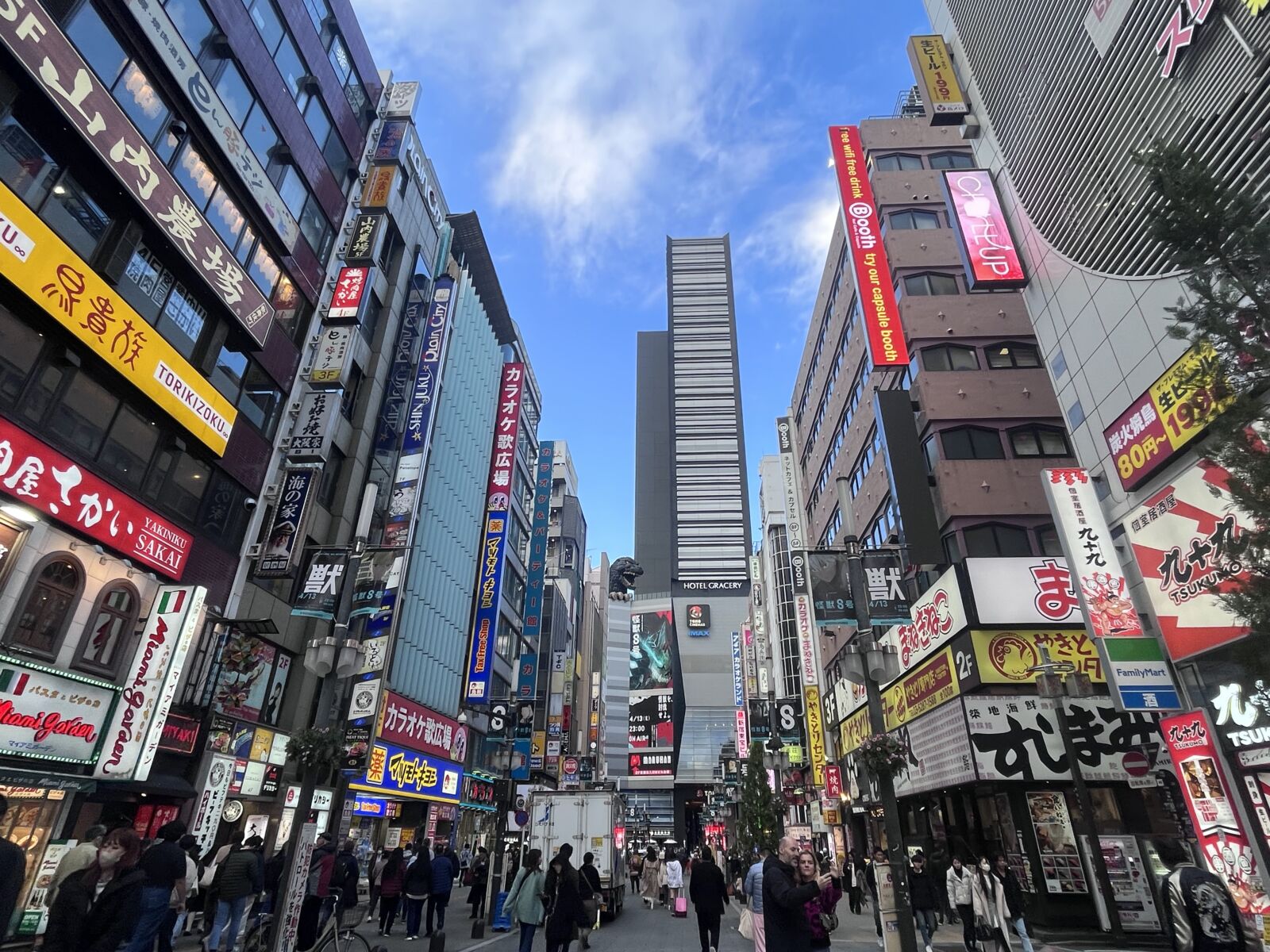
This page would not be complete without also suggesting our wider recommendations on things to do in Tokyo which includes both the golden tourist attractions and some lesser known activities you can enjoy. Why not check out Things to Do in Tokyo page which will also give you plenty of inspiration for your time spent in Tokyo. Here you will find some of the best activities and recommendations on how to spend your time in the Capital, as well as some tours that you can join to make the most out of your trip!
From watching Sumo wrestlers train to eating the freshest sushi at local markets, playing Taiko drums to exploring hidden shrines and temples, Tokyo truly has it all. Our Tokyo tours enable you to pick and choose from a wide range of areas and activities to explore during your trip. Want to explore lesser known neighbourhoods in Tokyo, or do you want to get into the hustle and bustle of the world’s most populated city, then click the link above and start exploring what you can do in Tokyo to make your trip unforgettable.
30 DAY-TRIPS & GETAWAYS NEAR TOKYO
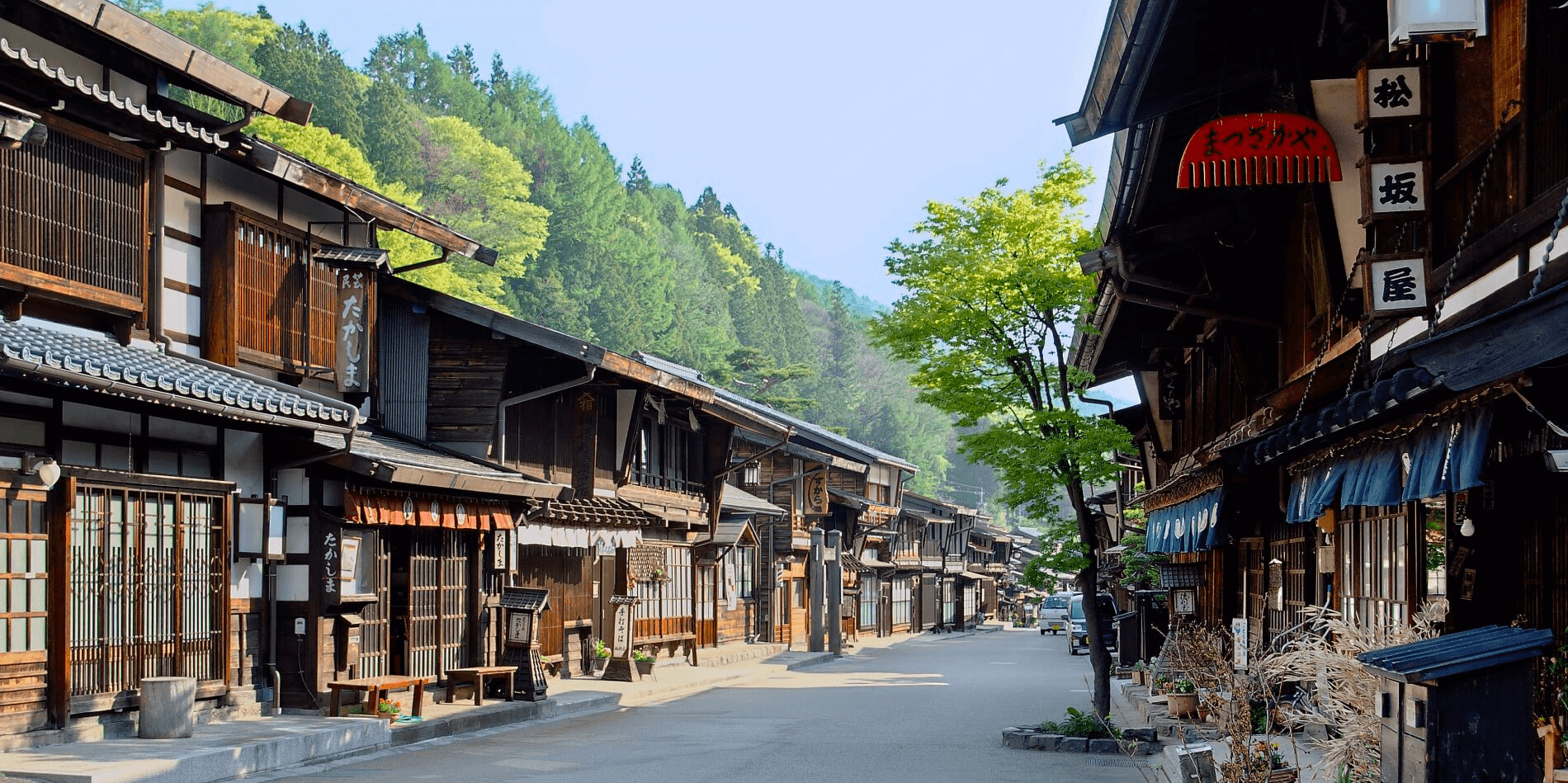
While Tokyo has more than enough to keep you entertained for your entire visit, it is also an ideal base from where to escape the city and explore our home region of Central Japan. Boasting the majority of Japan’s tallest mountains, verdant forests, open spaces, ancient temples and a slower way of life, it is everything that Tokyo is not. Our ’30 Things To Do Near Tokyo: Best Day-Trips & Overnight Getaways’ page includes some fantastic tips and suggestions of what’s on offer. Here are some examples of the tours we offer outside of Tokyo, but click on the link above to see more . We hope it tempts you to explore beyond the city!
1 Day Tour
| 1 Day Trip to Kamakura and Enoshima : Shrines, Seaside, Temples and Tea | |
|
| |
| Period | All Year Round |
| Time | 08:00 – 19:10 |
| Meeting Place | Outside of Shinjuku Station South Gate Baskin Robbins |
| Adult Rate | ¥19,800 |
| Child Rate | ¥13,000 |

1 Day Tour
| 1 Day Tour : Explore Nikko’s World Heritage and National Park | |
|
| |
| Period | April – October |
| Time | 08:40 – 19:15 |
| Meeting Place | Outside Asakusa Ekimise Department Store |
| Adult Rate | ¥24,900 |
| Child Rate | ¥18,900 |

1 Day Tour
| Day Trip to Kawagoe : Experience the ‘Little Edo’ of Japan | |
|
| |
| Period | All Year Round |
| Time | 09:00 – 16:45 |
| Meeting Place | Inside Ikebukuro Train Station |
| Adult Rate | ¥17,800 |
| Child Rate | ¥11,000 |

PLAN YOUR VISIT TO JAPAN
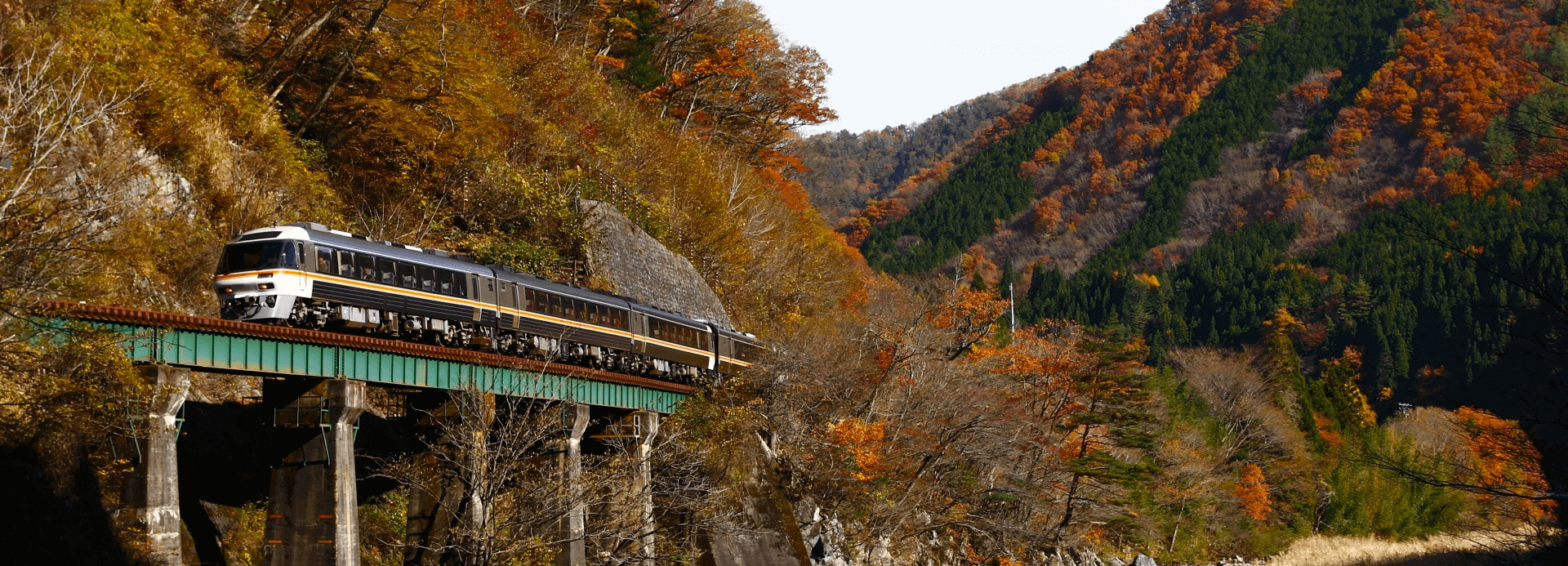

Omiya Station is just one part of Japan’s fantastic rail network. Unfathomable in its size and efficiency, moving around the country by train is easy and comfortable opening-up all regions of Japan for exploration. Our ‘Plan Your Visit’ page has everything you need to know about visiting Japan – from tips on the best time to travel, times to avoid, entering and exiting the country, money matters, staying connected, accommodation, staying safe and healthy and plenty more to ensure that you get the most out of your time here.


